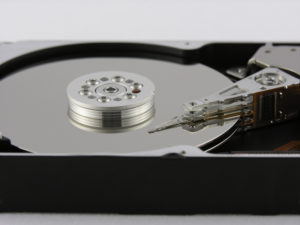This image combines two things I’ve been fortunate to see several times over the years – Alaska, and bald eagles in the wild. Both stir the soul and touch the wild in all our hearts. The second day of our boat tours into Prince William Sound was cold, rainy and cloudy. I was set to shoot scenic photos with a wide lens – the clouds on the mountains were spooky cool.
Then we turned around a bend and I saw this. We were motoring along pretty well, so no time to change lenses and zoom in. As it turns out, I’m glad – this captures that moment better than a close up ever would.



